Symptoms of a Mild Concussion
Doctors will usually say that there is no such thing as a “mild” concussion, because they want their patients to understand that every concussion needs to be taken very seriously.
However, there are signs of a more mild concussion and symptoms that a person should look out for after suffering some kind of fall or blow to the head to see whether or not they have suffered a concussion.
Swelling is one of the major symptoms. In a mild concussion, the swelling will not be visible to the human eye, but it will be visible in an MRI scan.

There will be swelling of the brain tissue within the skull when a concussion has occurred.
This occurs when a person has suffered a blow to the head, and since the brain is cushioned inside the skull with cerebrospinal fluid, there will be swelling if the brain collides strongly with the skull.
Bleeding is another symptom. The bleeding will be internal and not seen on the outside as well. If there is any bleeding on the outside of the head, it is caused by a cut or scrape just like when skin is torn on any other part of the body.
But inside the skull, the blow causes a tear in the nerve fibers and bleeding then occurs.
Shock is a symptom of a concussion as well. This shock usually results from internal or external bleeding and it is the natural reaction that the body has to trauma. Other reactions that will accompany the state of shock include dizziness, chills, disorientation, vomiting, confusion, dilated pupils, difficulty speaking and fatigue. However, these symptoms might not appear if the concussion is very mild.
- The young brain is more susceptible to concussion than the adult brain and may require more time to recover. Also, it is now known that, after a concussion, there is greater susceptibility to sustaining another concussion and that subsequent concussions occur with less force and take longer to resolve.
- Concussion is a diffuse injury without focal neurologic deficits such as pupillary dilation or limb weakness. The symptoms are usually subtle, such as dizziness and “seeing stars.” The most frequent symptoms are headache, dizziness, nausea and imbalance. Loss of consciousness occurs in a minority of cases. The first concussion is usually mild, with full recovery within 7–14 days.
- The diagnosis can be made only clinically because there is no proven biomarker based on imaging, blood tests or computerized neuropsychological screening tool. Conventional computed tomography (CT) and magnetic resonance imaging (MRI) scans almost always appear normal after concussions, even after repeated concussions.
- In most countries, it is now standard practice for every concussed person to be removed from active participation and be evaluated by a medical doctor. This position was first advocated by the Canadian Academy of Sport Medicine in 2000 and reaffirmed since then by experts at several international consensus conferences on concussion. The medical examination should occur within a reasonably short interval, preferably within a few hours after injury. This principle may not be achievable in remote regions, where responsibility should be delegated to other trained health care professionals.
Treatment of a Mild Concussion
The most simple and effective treatment for a mild concussion is rest. It is important to get at least 24 hours of bed rest after a concussion. However, it is important to wake the person for a brief period every three hours in order to make sure that the person is alert and is not showing any signs of a more serious injury or heavier trauma.
Acetaminophen can be taken as well to get rid of the headache that will no doubt come with the concussion. It is important not to take Aspirin or any kind of anti-inflammatory medicines, because they have been known to increase bleeding inside the skull.
In any case, whether it is a mild or more serious concussion, a doctor needs to be contacted just in case in order to make sure that the injury was not too severe.


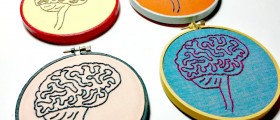

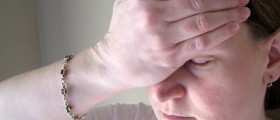
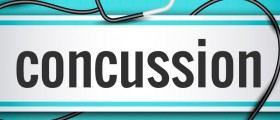

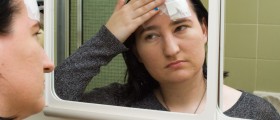
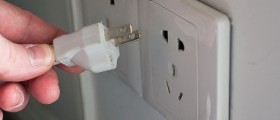


-Causes,-Symptoms,-Diagnosis-And-Treatment_f_280x120.jpg)




-Signs,-Symptoms,-Treatment-And-Prevention_f_280x120.jpg)
Your thoughts on this
Loading...